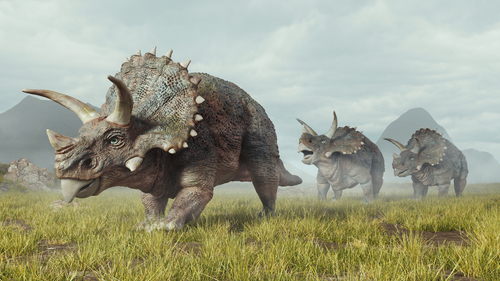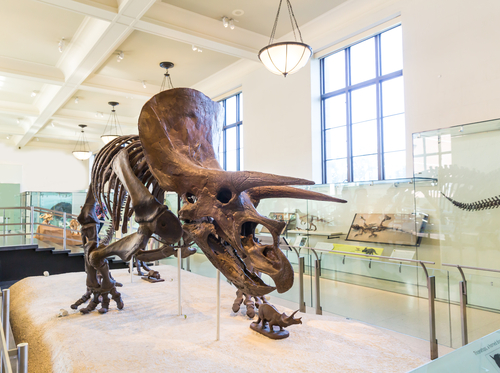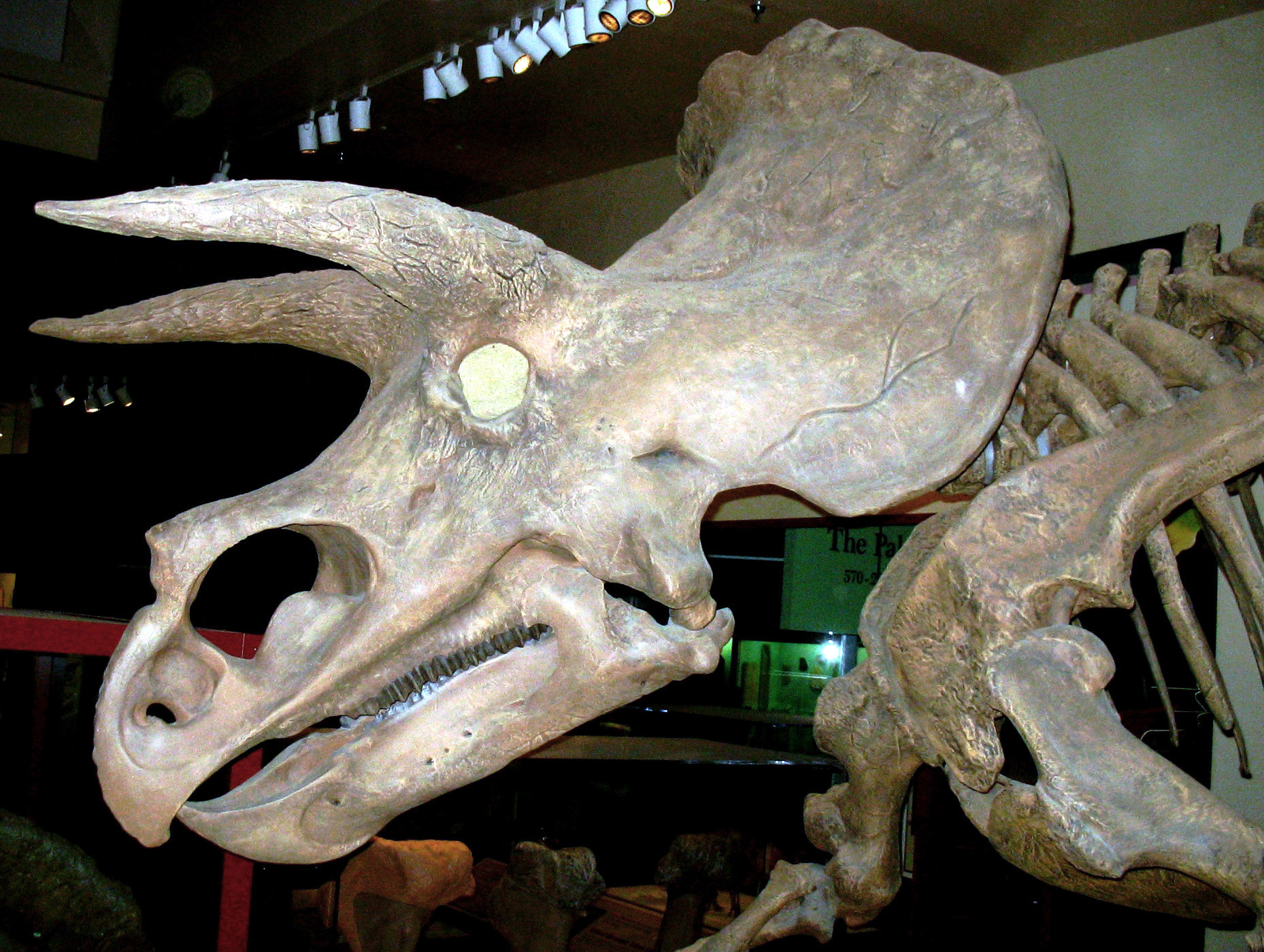
The Triceratops, with its unmistakable trio of horns and massive bony frill, has been a mainstay of the prehistoric narrative for decades. This herbivorous behemoth roamed the plains of North America during the waning days of the Cretaceous period, roughly between 69 to 66 million years ago, just prior to the mass extinction that marked the end of the dinosaurs’ reign.

Fascinating recent studies have delved deeper into the evolutionary journey of the Triceratops horridus, shedding light on its transformation over time and debunking long-held myths of its existence.

A notable research effort led by paleontologist John Scannella from Montana State University meticulously analyzed over 50 Triceratops skulls from the Hell Creek Formation. The stratigraphic data gathered painted a picture of change, suggesting a gradual morph from Triceratops horridus into a different species, Triceratops prorsus, over a span of 1 to 2 million years. This finding is pivotal, as it underlines the dinosaur’s capacity to evolve in response to environmental pressures and challenges.

Amidst the bone-strewn layers of Hell Creek, clues emerged that altered prior perceptions. Scannella remarked, “Most dinosaurs are only known from one or a handful of specimens…The great thing about Triceratops is that there are a lot of them, and they were found at different levels of the Hell Creek Formation.” The importance of this cannot be overstated – it’s the volume of specimens throughout the geological strata that allows scientists to construct a narrative of transformation.

Triceratops’ morphology did not remain static throughout its lifetime, as earlier thought. The shift from a small nasal horn and long beak to the opposite configuration in later specimens supports a dynamic understanding of these creatures. The skull forms found in the middle layers exhibited traits of both T. horridus and T. prorsus, effectively bridging the gap and underscoring an evolutionary trend.

This giant, often portrayed in popular culture as locked in combat with the fearsome Tyrannosaurus rex, lived a relatively solitary life, contrary to the notion of herding behavior associated with other ceratopsians.

It’s the fossil record that narrates the truth about their existence – lesions on skulls indicating intra-species combat and isolated finds suggesting a life less communal.

Triceratops’ signature frills have also sparked debates among scientists. While early theories posited them as defensive structures or even species identifiers, current consensus points towards a role in sexual selection.

In 2010, Mr. Scannella and colleagues proposed that the skull of Triceratops underwent a more dramatic transformation than previously suspected. They suggested that when fully mature, Triceratops actually evolved into what was once believed to be a separate genus of horned dinosaur, Torosaurus.

“The new study finds evidence that not only did Triceratops change shape over the lifetime of an individual, but that the genus transformed over the course of the end of the age of dinosaurs,” Mr Scannella said.

Even the diet of Triceratops reveals a creature highly adapted to its environment. Their beaklike mouths and rows of sharp teeth were perfect for tearing through the tough, low-lying vegetation of their habitat.

“Fossil evidence has helped scientists decode other aspects of Triceratops behavior,” revealing complex teeth capable of slicing dense plant matter that would challenge other herbivores.

Their place in prehistory was abruptly ended by the cataclysmic asteroid impact 66 million years ago, yet their legacy endures. As one of the most abundant dinosaurs unearthed in North America, particularly across the Hell Creek Formation, the Triceratops continues to captivate and inform paleontologists.

The fossils of Triceratops have not only pieced together the visual appearance of this prehistoric giant but have also offered significant insights into its behavior, environment, and evolution.

Whether it’s the shifting morphology across time, the debate surrounding its frill’s function, or the solitary lifestyle evidenced by its fossils, the Triceratops remains a testament to the intricate tapestry of life that existed long before humans walked the Earth.
Relevant articles:
– Triceratops horridus, facts and photos, National Geographic
– Triceratops, nationalgeographic.com
– Research Provides New Insights into Evolution of Triceratops, Sci.News, Jul 1, 2014
– Triceratops: Facts about the three-horned dinosaur, Live Science, Apr 5, 2024

